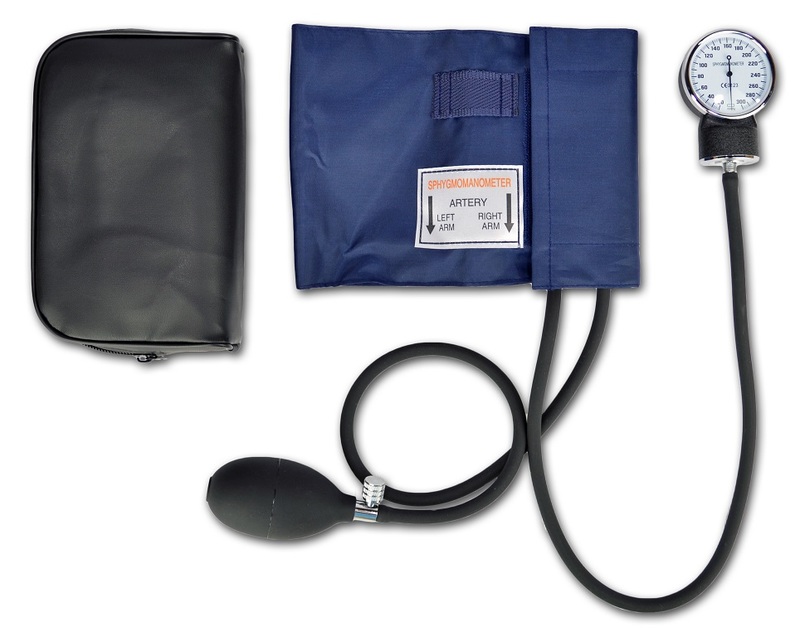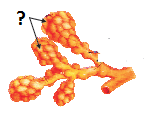10th Grade > Biology
LIFE PROCESSES MCQs
Total Questions : 56
| Page 1 of 6 pages
Answer: Option C. -> nutrition
:
C
The process of obtaining food to meet the energy demands of the body is known as nutrition. It is the most important step because without nutrition there will be no energy available for any other life processes. In simple words, it's the fuel which enables the car to run.
:
C
The process of obtaining food to meet the energy demands of the body is known as nutrition. It is the most important step because without nutrition there will be no energy available for any other life processes. In simple words, it's the fuel which enables the car to run.
Answer: Option B. -> Stomata
:
B
Leaves of the plants have microscopic openings called stomata. These stomata help in the process of exchange of gases i.e., uptake of CO2 and release of by product of photosynthesis i.e., oxygen, into the atmosphere.
:
B
Leaves of the plants have microscopic openings called stomata. These stomata help in the process of exchange of gases i.e., uptake of CO2 and release of by product of photosynthesis i.e., oxygen, into the atmosphere.
Answer: Option C. -> 4
:
C
The human heart consists of four chambers: two atria, which are the receiving chambers of the heart and two ventricles, which are the pumping chambersof the heart. Afish heart has two chambers and afrog heart has 3 chambers.
:
C
The human heart consists of four chambers: two atria, which are the receiving chambers of the heart and two ventricles, which are the pumping chambersof the heart. Afish heart has two chambers and afrog heart has 3 chambers.
Answer: Option C. -> starch, maltose
:
C
Saliva contains the enzyme salivary amylase. It breaksdown starch into simpler molecules such as maltose. Starch is a polysaccharide made up of many units of glucose. Maltose, on the other hand is a disaccharide produced when starch is broken down by amylase.
:
C
Saliva contains the enzyme salivary amylase. It breaksdown starch into simpler molecules such as maltose. Starch is a polysaccharide made up of many units of glucose. Maltose, on the other hand is a disaccharide produced when starch is broken down by amylase.
Answer: Option D. -> sphygmomanometre
:
D

The force that blood exerts against the wall of a blood vessel is known as blood pressure. Blood pressure is measured with an instrument called sphygmomanometre. It consists of an inflatable rubber cuff, which is wrapped around the upper arm and is connected to an apparatus that records blood pressure.
:
D

The force that blood exerts against the wall of a blood vessel is known as blood pressure. Blood pressure is measured with an instrument called sphygmomanometre. It consists of an inflatable rubber cuff, which is wrapped around the upper arm and is connected to an apparatus that records blood pressure.
Answer: Option C. -> Clotting of blood
:
C
Platelets are tiny blood cells that help stop bleeding by forming clots. At the time of injury, when any blood vessels get damaged, it sends out signals. These signals are received by platelets and they, along with fibrinogen, a protein present in plasma form a clot and heal the wound.
:
C
Platelets are tiny blood cells that help stop bleeding by forming clots. At the time of injury, when any blood vessels get damaged, it sends out signals. These signals are received by platelets and they, along with fibrinogen, a protein present in plasma form a clot and heal the wound.
Answer: Option B. -> Glucose, Amino acids, Salts
:
B
Glucose, amino acids, salts and high amount of water are reabsorbed in the nephron during the second step of urine formation, i.e., the selective reabsorption. These essential substances were filtered out from the blood in the first step called glomerular filtration and are reabsorbed as they are vital for the functioning of our body.
:
B
Glucose, amino acids, salts and high amount of water are reabsorbed in the nephron during the second step of urine formation, i.e., the selective reabsorption. These essential substances were filtered out from the blood in the first step called glomerular filtration and are reabsorbed as they are vital for the functioning of our body.
Answer: Option A. -> Amoeba first breaks down the food into simpler particles and then swallows it
:
A
Nutrition in an amoeba occurs through a process called phagocytosis where the entire organism pretty much engulfs the food it plans on eating up. As amoeba is a unicellular organism, it does not have any specialized organ for the mechanism of nutrition. It directly swallows the whole food anda food vacuole is created. Digestive juices then get secreted in the vacuole and the food is slowly digested. After this, the waste is excreted.
:
A
Nutrition in an amoeba occurs through a process called phagocytosis where the entire organism pretty much engulfs the food it plans on eating up. As amoeba is a unicellular organism, it does not have any specialized organ for the mechanism of nutrition. It directly swallows the whole food anda food vacuole is created. Digestive juices then get secreted in the vacuole and the food is slowly digested. After this, the waste is excreted.
Answer: Option C. -> capillary
:
C
In our circulatory system, the artery divides into smaller and smaller vessels to bring the blood in contact with all the individual cells. These small vessels have walls which are one-cell thick and are known ascapillaries. Exchange of material between the blood and surrounding cells take place across this thin wall. The capillaries then join together to form veins that carry the blood away from the organ or tissue.
:
C
In our circulatory system, the artery divides into smaller and smaller vessels to bring the blood in contact with all the individual cells. These small vessels have walls which are one-cell thick and are known ascapillaries. Exchange of material between the blood and surrounding cells take place across this thin wall. The capillaries then join together to form veins that carry the blood away from the organ or tissue.
Answer: Option C. -> Alveoli
:
C
∙ Alveoli are balloon-like structures present in lungs. They provide a large surface area for exchange of gases. Their walls have an extensive network of blood vessels.
∙ Arteriescarry oxygenated blood from the heart to all parts of the body.
∙ Air passes through the pharynx into the wind pipe. Both food pipe and wind pipe originate here. It is commonly referred as throat.
∙ Capillaries are the smallest blood vessels in our body where nutrient and waste exchange between blood and tissues takes place.
:
C
∙ Alveoli are balloon-like structures present in lungs. They provide a large surface area for exchange of gases. Their walls have an extensive network of blood vessels.
∙ Arteriescarry oxygenated blood from the heart to all parts of the body.
∙ Air passes through the pharynx into the wind pipe. Both food pipe and wind pipe originate here. It is commonly referred as throat.
∙ Capillaries are the smallest blood vessels in our body where nutrient and waste exchange between blood and tissues takes place.

















